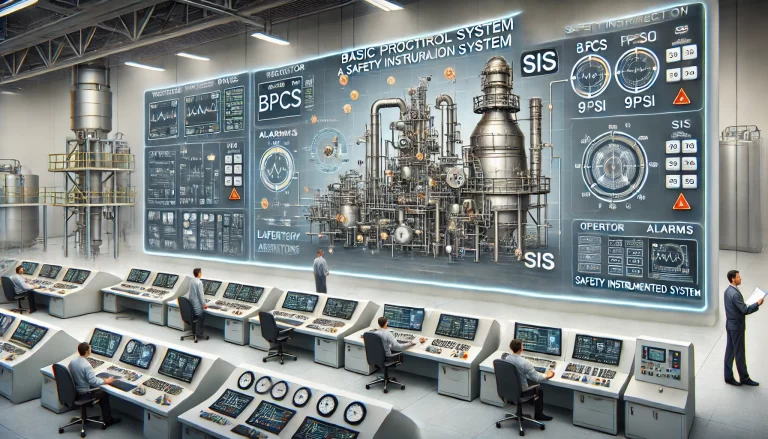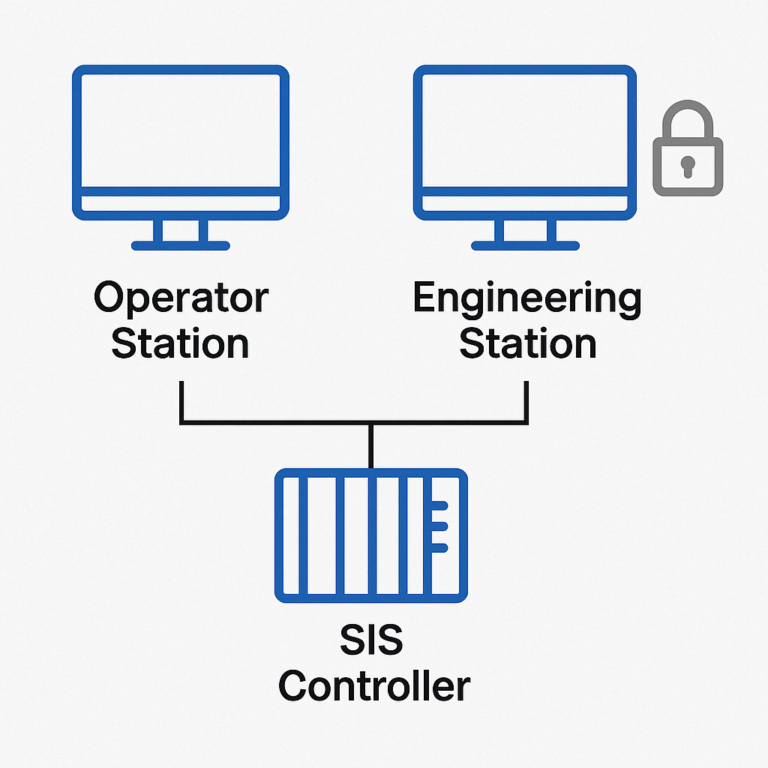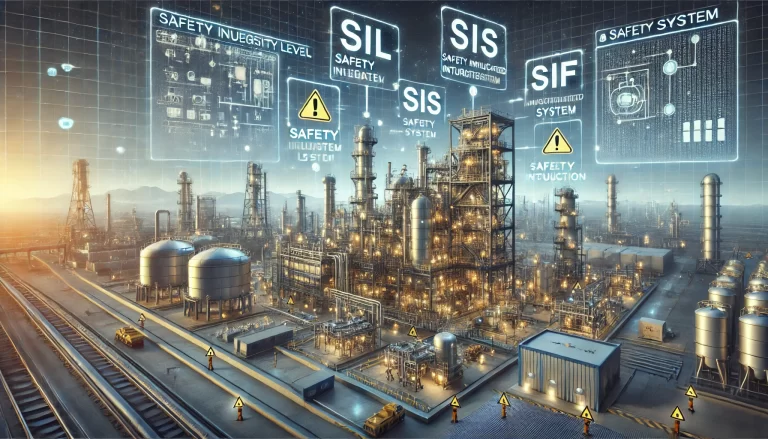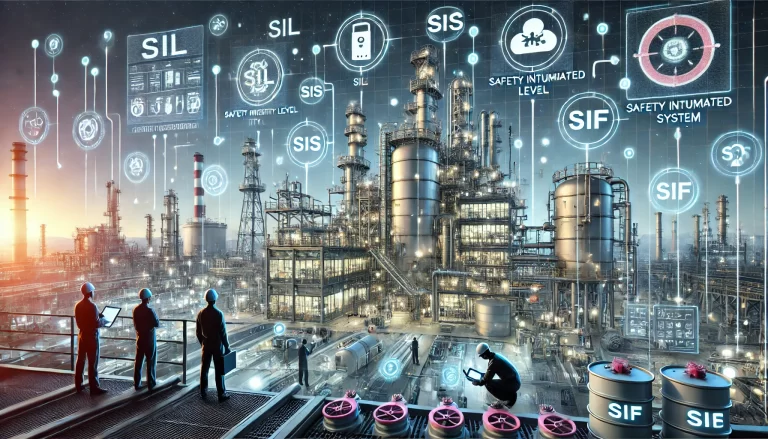In industrial process control systems, signal isolators play an essential role in transmitting and conditioning analog signals. Among various configurations, the 1-in 2-out signal isolator (also known as a signal distributor) is commonly used to split one input signal into two independent outputs. However, when it comes to Safety Instrumented Systems (SIS), which are governed by stringent functional safety requirements, the use of such devices becomes much more critical and constrained.
This article explores whether a 1-in 2-out signal isolator can be used in SIS applications and what conditions must be satisfied to ensure compliance with functional safety standards such as IEC 61508 and IEC 61511.

1. What Is a 1-In 2-Out Signal Isolator?
A 1-in 2-out isolator is an analog signal interface module designed to:
Accept a single analog input (e.g., 4–20 mA),
Electrically isolate the input from output circuits,
Provide two independent and isolated output signals to different devices or systems.
Typical use cases include:
Driving a control system (DCS) and a recorder simultaneously,
Sending signals to both a control loop and a display panel.

2. Functional Safety Requirements for SIS
A Safety Instrumented System (SIS) is implemented to bring a process to a safe state when predetermined unsafe conditions are detected. Components used within an SIS must meet the following criteria:
Certified for Safety Integrity Level (SIL): The signal isolator must be certified for the required SIL level (SIL 1, 2, or 3).
Failure Mode and Diagnostic Coverage: It should support safe failure modes and offer diagnostic feedback where possible.
No Signal Interference: Output channels must be completely isolated to avoid fault propagation.
Systematic Capability: The device must be developed and tested under a controlled process per IEC 61508.
3. Can a 1-In 2-Out Isolator Be Used in SIS?
The answer depends on the specific application and the technical capability of the isolator:
| Condition | Acceptable for SIS? |
|---|---|
| The isolator has SIL certification (e.g., SIL2) | ✅ Yes |
| Both outputs are going to safety systems (SIS) and are functionally independent | ✅ Yes |
| One output is for SIS, another is for non-SIS systems (e.g., DCS or PLC) | ⚠️ Generally not recommended |
| No SIL certification and no failure analysis documentation | ❌ Not acceptable |

4. Key Risks and Considerations
Common-Cause Failure: If both outputs share internal circuitry, a single fault might affect both outputs.
Loss of Safety Function: If the isolator fails in a way that goes undetected, it could result in a loss of the Safety Instrumented Function (SIF).
Signal Sharing Between SIS and DCS: Sharing a safety loop signal with a non-safety system undermines the SIS integrity unless formal safety assessments prove otherwise.
5. Best Practices
To safely integrate signal isolators into an SIS, follow these practices:
Use dedicated isolators for SIS loops with one-in/one-out architecture where possible.
Choose isolators from vendors with SIL-certified products and provide detailed safety manuals.
Ensure proper proof testing, diagnostics, and documentation in the SIS lifecycle.
If duplication of signal is necessary, consider using a certified safety-rated splitter or redundant safety transmitters.

Conclusion
A 1-in 2-out signal isolator can be used in a Safety Instrumented System only if it meets stringent functional safety standards and is SIL-certified for the intended application. Its internal design must prevent common-mode failures and ensure total independence of the output channels. If there is any doubt about its suitability, especially in mixed SIS/non-SIS applications, it is safer to use independent signal paths for each safety-critical function.
For applications involving SIL-rated systems, always consult the manufacturer’s safety documentation and perform a detailed SIL verification analysis before integrating any 1-in 2-out isolator into the SIS architecture.
